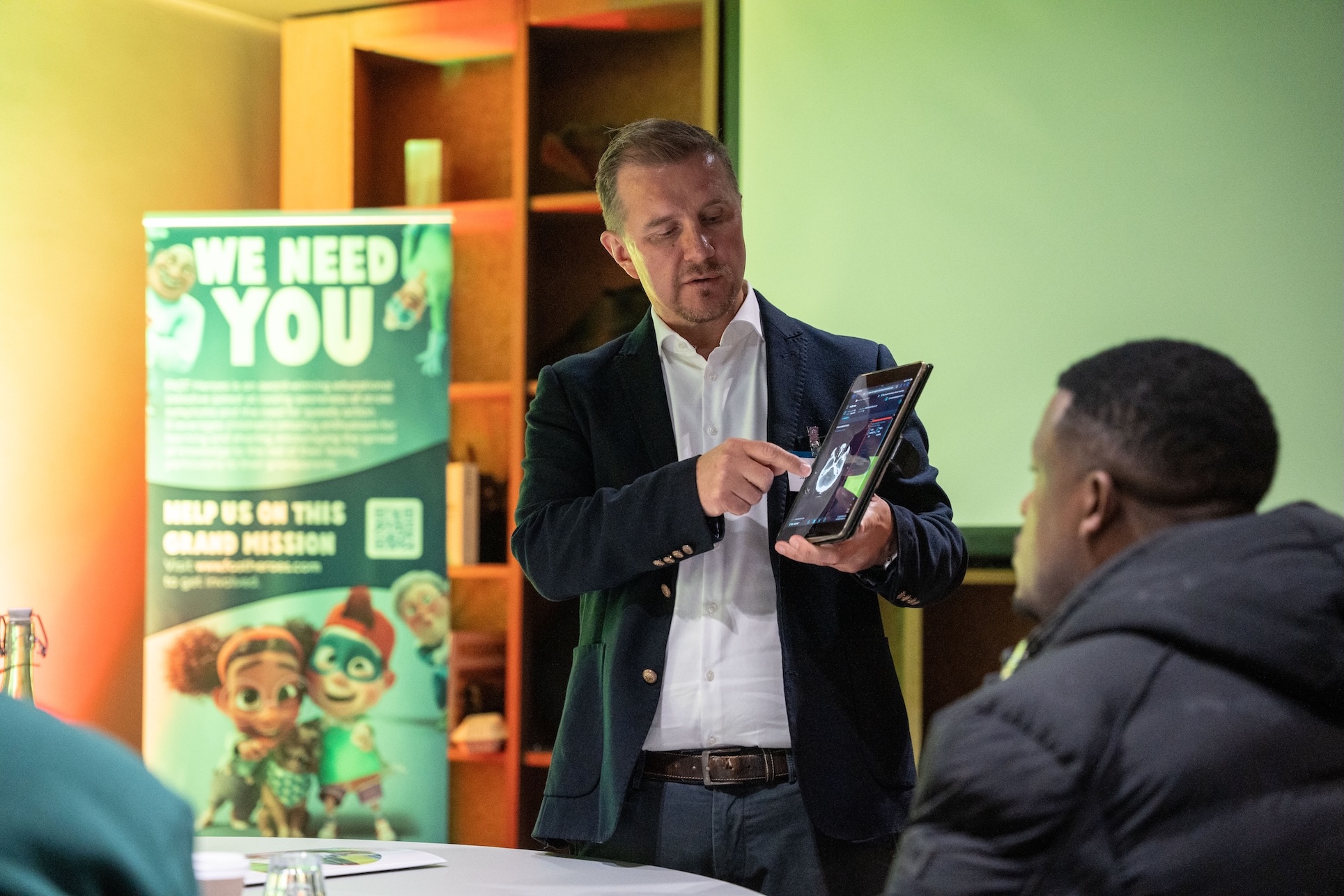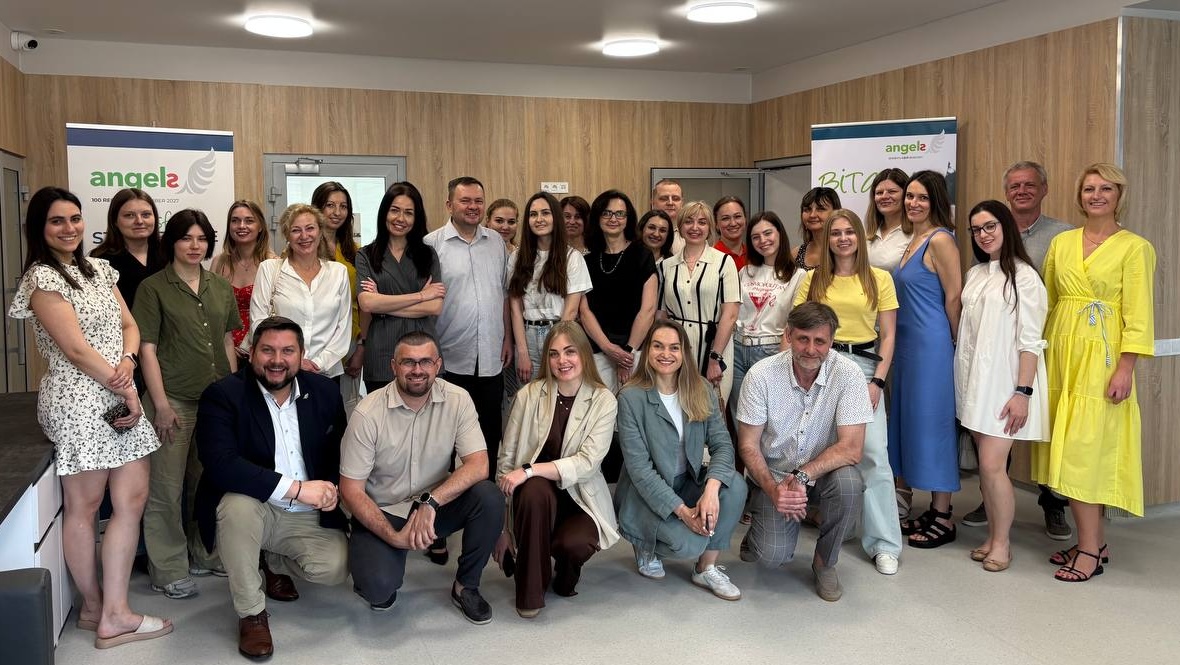Nie są one pierwszymi w Malezji pacjentami z udar z tromboliza, ale są już najszybciej.
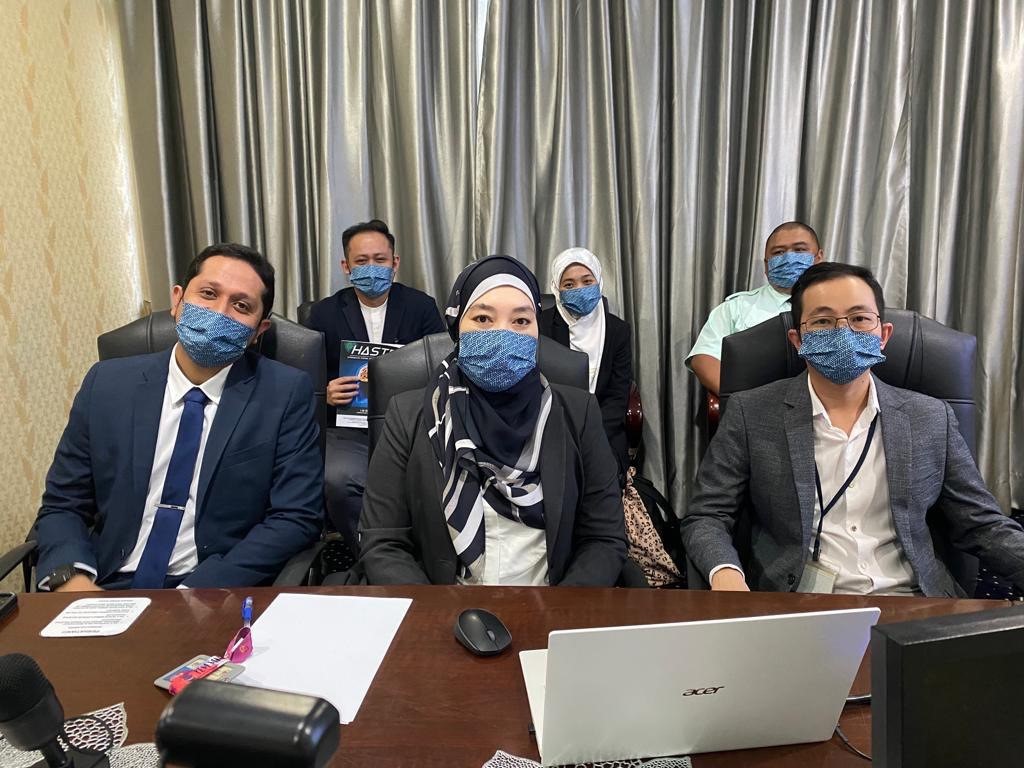
Pierwsze leczenie tromboliza w szpitalu Tuanku Ja’afar Hospital w Serembanu (HTJS) miało miejsce na 5 maja 2019 i zostało wykonane w czasie poniżej 60 minut. Jest to czas od przyjęcia do szpitala do szpitala, który wiele szpitali na całym świecie zgłaszałoby zadowolenie nawet po kilku latach doświadczenia, ale nie jest to rozległy 50-letni szpital stanowy w Negeri Sembilan, na zachodnim wybrzeżu Peninsular Malaysia.
Do 2020 r. zespół udarowy w HTJS leczył większość pacjentów z udar w ciągu 45 minut. Do początku 2021 roku ponad połowa pacjentów z udar była leczona leczenie w ciągu mniej niż 35 minut, a do drugiego kwartału – ponieważ wyniszczająca trzecia fala COVID-19 zaczęła wyniszczać Malezję – nagroda diamentowa WSO Angels oznaczała nowy etap; światowej klasy mediana czas oczekiwania między przybyciem do szpitala a podaniem leku wynosząca 25 minut.
COVID-19 złamał swoje granice tylko tymczasowo, ponieważ liczba pacjent zmalała na początku pandemii, ale pod koniec 2021 r. zespół udarowy w HTJS pożyczał zapasy rTPA ze stanu sąsiedniego, aby dotrzymać swojego tempa pracy. Pomimo zastosowania protokołów Covida w celu ochrony pacjentów i samych siebie, czas oczekiwania między przybyciem do szpitala a podaniem leku nie zapadał.
Neurolog dr Teh Pei Chiek i lekarz oddziału ratunkowego dr Emi Noorina Binti Mohd Nor stwierdza, że w szpitalu czas leczenie wynosił ponad połowę w ciągu mniej niż trzech lat, podczas gdy podwojenie częstości rekanalizacja niesie ze sobą niewiele zaskoczeń. W rzeczywistości to, co udostępnili, to przykład prawidłowego wykonywania wszystkich ważnych czynności.
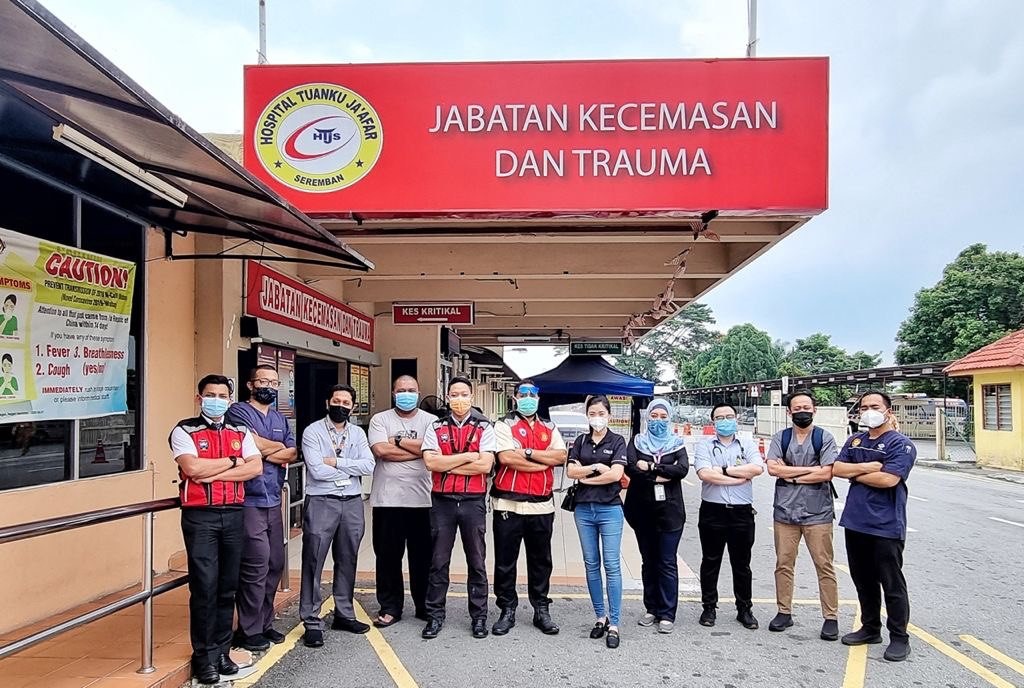
Potrzeba szybkości
Tuanku Ja’afar Hospital sprawl zajmuje się 26 stanowiskami w stolicy prowincji Seremban, zlokalizowanej w Walley Linggi River, około 60 km na południe Kuala Lumpur. Początkowo znany jako Seremban General Hospital, w 2006 roku został zastąpiony dziesiątym królem Malezji, który umiera w swoim szpitalu, dwa lata po udar.
Mając 143 łóżka i 23 specjalności kliniczne, HTJS pełni funkcję szpitala referencyjnego dla wszystkich Negeri Sembilan. Chociaż częstość występowania udar mózgu wzrasta tutaj, podobnie jak w Malezji, szpital rozpoczął leczenie ostry udar mózgu mózgu dopiero po uzyskaniu usług neurolog w 2018 r.
Z tego słowa dr Teh miał swój wzrok w najkrótszym czas oczekiwania między przybyciem do szpitala a podaniem leku i poświęcił się eliminowaniu przeszkód jeden po drugim – "głównie", wyjaśnia, "usuwając wszystkie niepotrzebne interakcje wzdłuż ścieżki".
Pod jego kierownictwem i przy wsparciu dr Emi, szpital systematycznie wdrażał wszystkie nowe wytyczne dotyczące protokołu ostry udar mózgu, od integracji usług przedszpitalnych po leczenie podczas TK.
Powiadomienie wstępne jest kluczowe, a pacjenci z udar są dostarczani bezpośrednio do pracowni obrazowania TK, która została wcześniej odczytana. Ostrzeżenia dotyczące udaru, aby wezwać zespół interdyscyplinarny do rozpowszechniania, a cenne minuty są zapisywane przez kilka czynności wykonywanych równolegle, w tym ocenę nasilenia udar i uzyskanie zgoda.
Ścisła współpraca neurologia i radiologiczna oznacza, że badanie TK jest interpretowane natychmiast, tak aby pacjent pacjent kwalifikował się do leczenia tromboliza, leczenie można było rozpocząć natychmiast. Protokół HASTE (Hyperacute Stroke Smart Track in Emergency) i zestaw HASTE, które powstały w wyniku współpracy ze służbami zespół ratownictwa medycznego (ZRM) ratunkowego, zwyciężają krajową konkurencję innowacyjną w Malezji, a co ważniejsze, usprawniając ścieżkę, ratują życie.
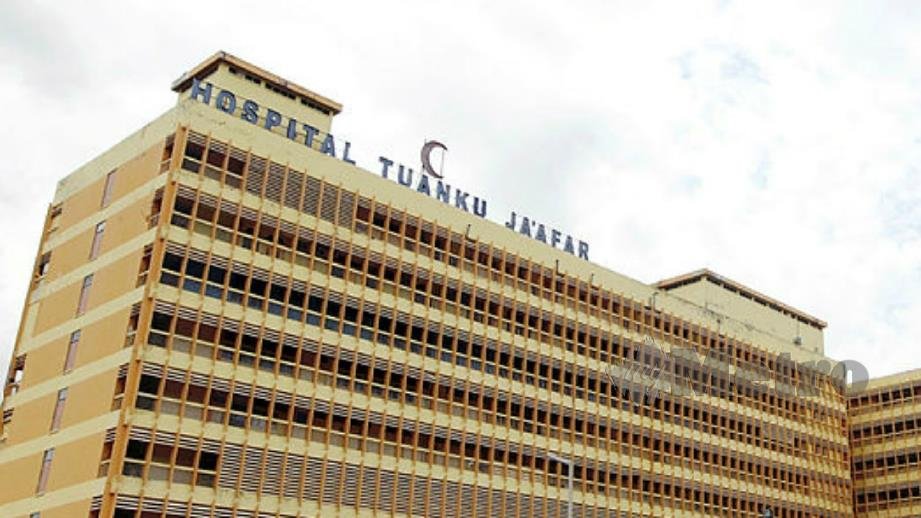
Reagowanie na wyzwania
Kolejnym wyzwaniem dla dr Teha i jego zespołu jest szybsze przyniesienie pacjentów z udar do szpitala. Obecnie tylko około jedna trzecia pacjentów przyjeżdża do szpitala za pośrednictwem zespół ratownictwa medycznego (ZRM) ratunkowego, a druga trzecia skierowana z innych ośrodków. Jedna trzecia jednak podróżuje bez pomocy i zbyt często poza okresem leczenie. Jest to problem, który można rozwiązać wyłącznie poprzez kampanie zdrowia publicznego dotyczące świadomości objawów udar i profilaktyki pierwotnej udar.
Zespół HTJS jest również zaangażowany w doskonalenie usług udar w innych szpitalach w regionie, gdzie mają nadzieję na powtórzenie protokołów i podzielenie się wiedzą. Wizyty symulacyjne w pobliskim szpitalu rejonowym są już w programie, mimo że szpital sąsiedni jeszcze nie wyznaczył neurolog.
Malezja ma do czynienia z niedoborem specjalistów w dziedzinie opieka zdrowotna, w tym w dziedzinie neurologia. Wypowiadając się na pierwszej konferencji Malezyjskiego Udaru Mózgu w 2019 r., dyrektor generalny ds. zdrowia Datuk Dr Noor Hisham Abdullah, oszacował, że potrzebowało więcej 200 specjalistów neurologia, aby spełnić potrzeby pacjentów z udar w kraju.
W HTJS pasja dr. Teha zarówno do neurologia, jak i jego pacjentów przekłada się na długie godziny pracy, ale drugi neurolog jest bardzo potrzebny, aby pacjenci z udar mogli być pewni doskonałego leczenie niezależnie od godziny i aby dr Teh mógł dobrze zasnąć.

